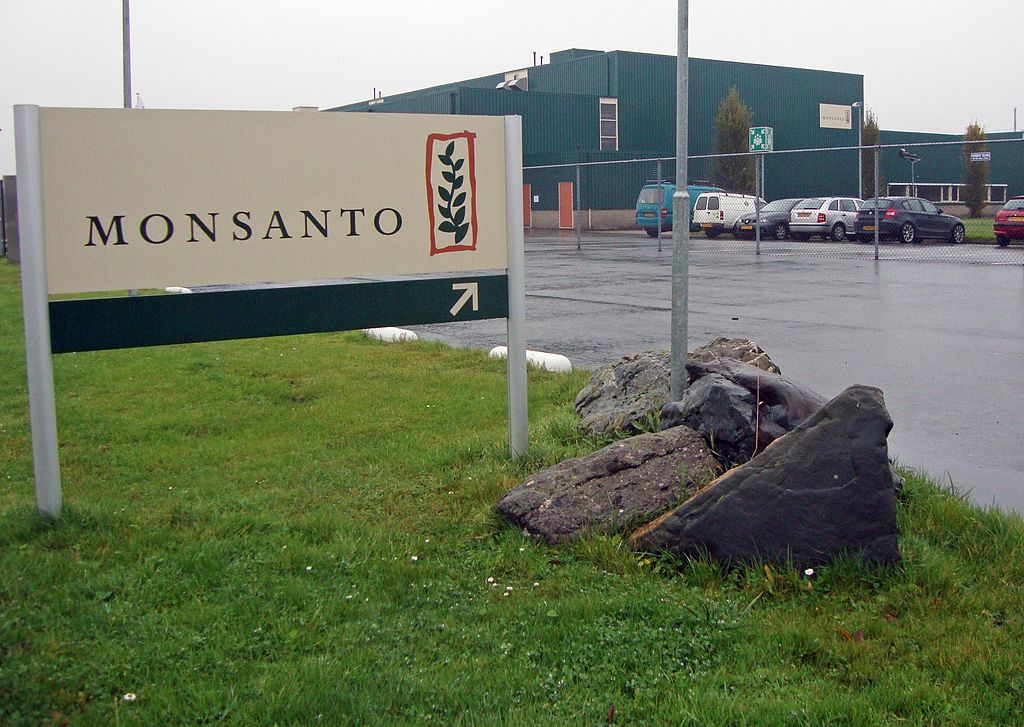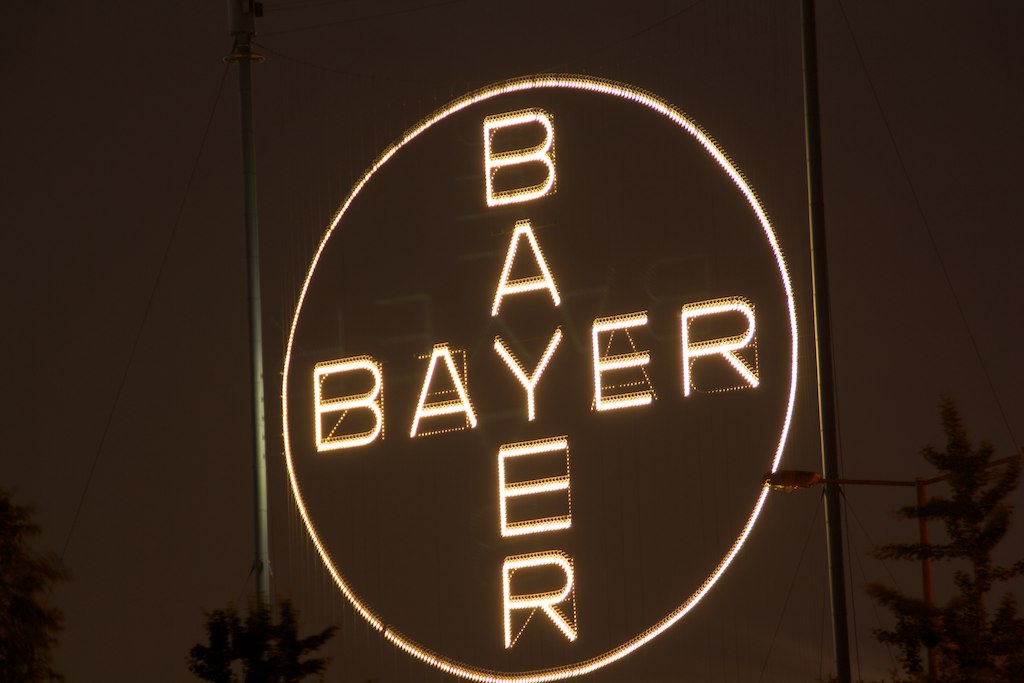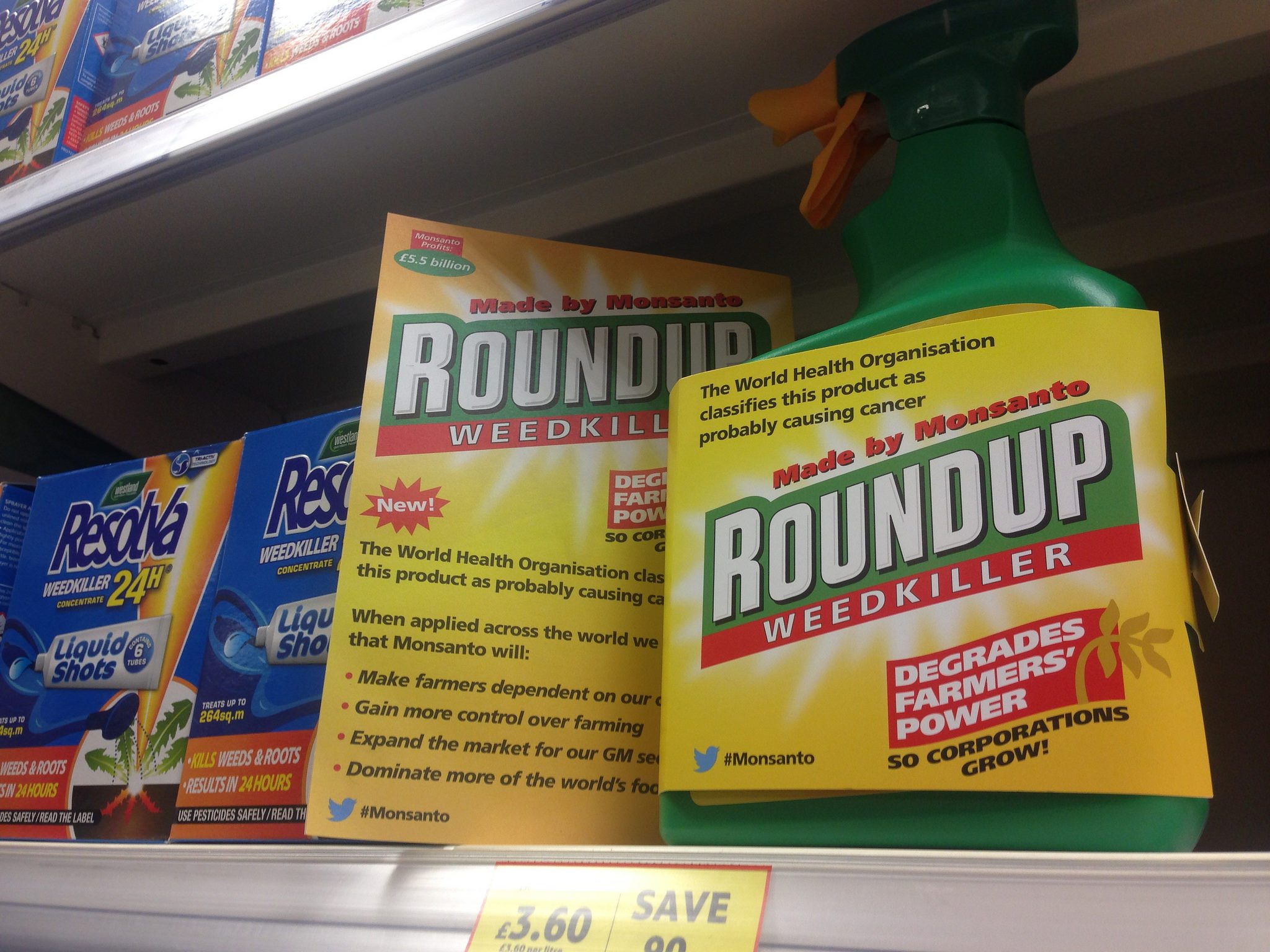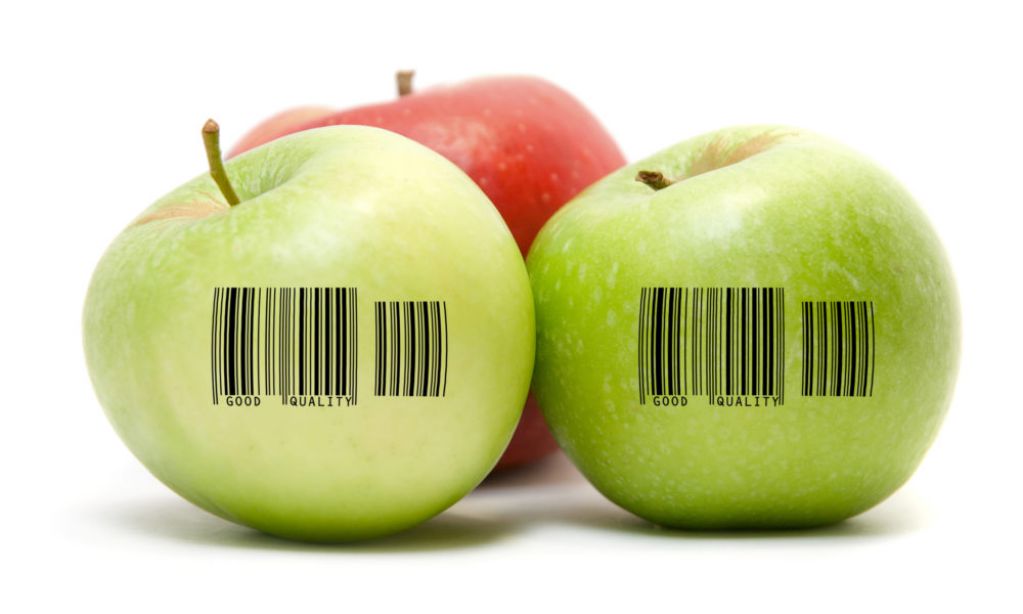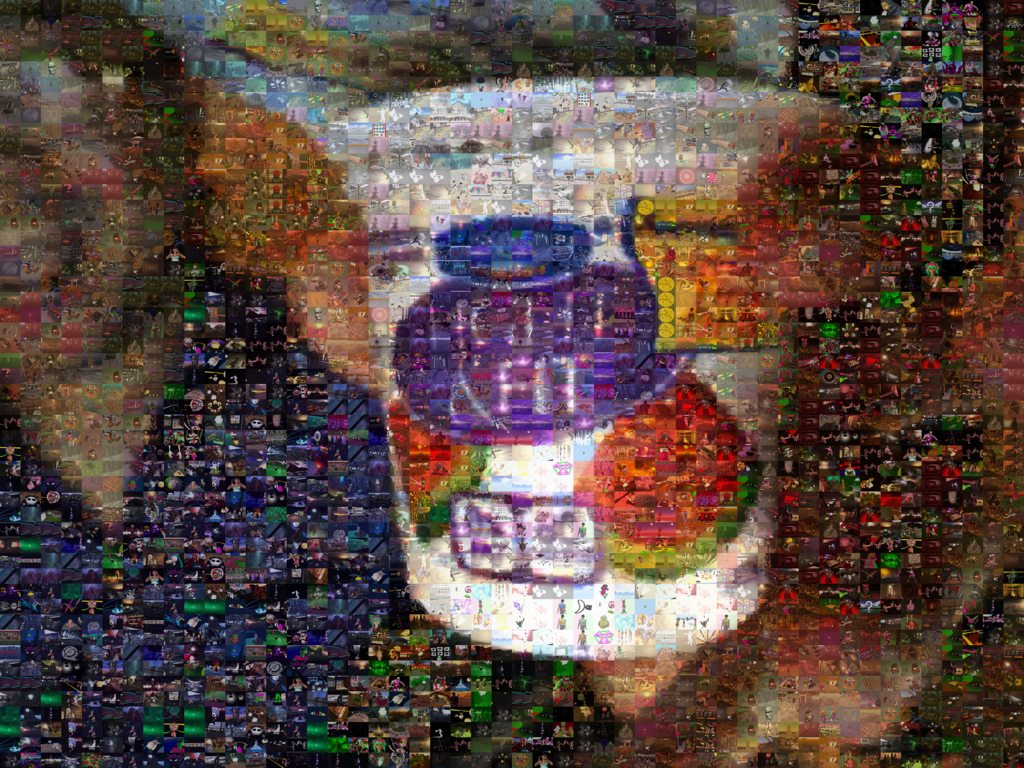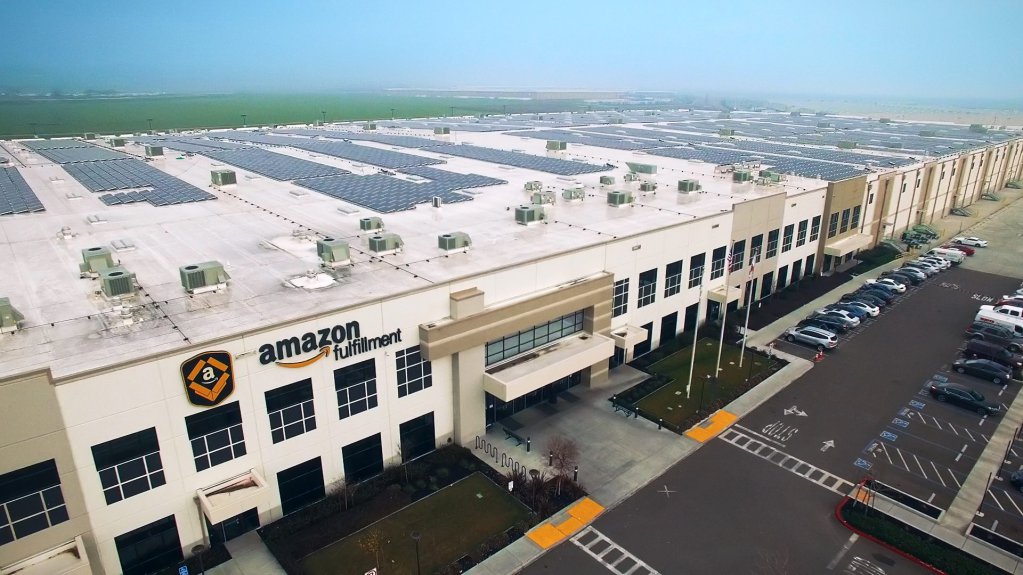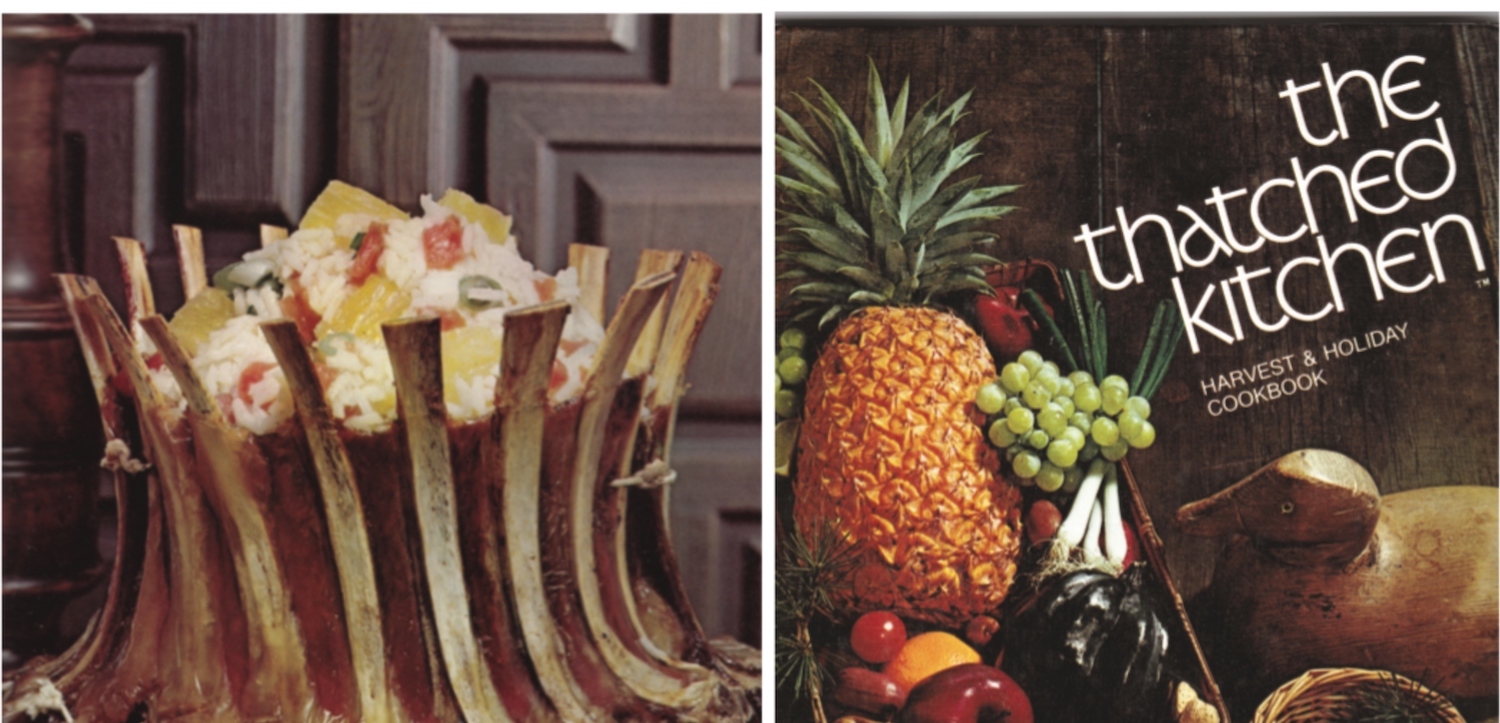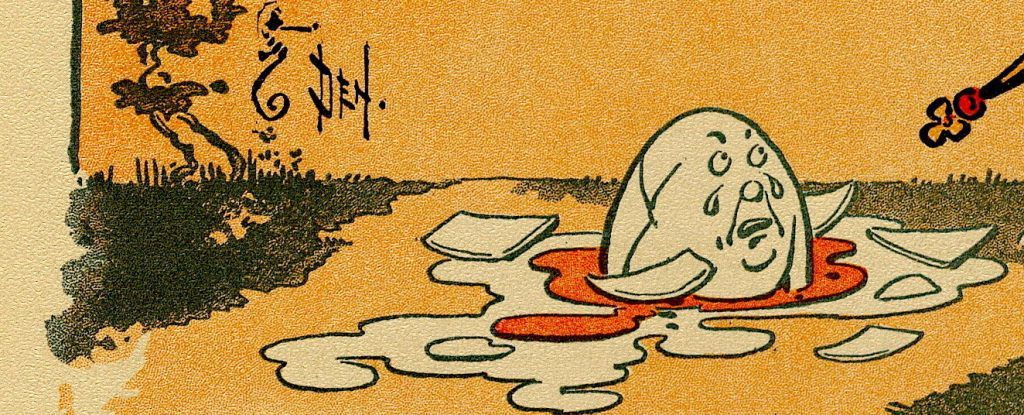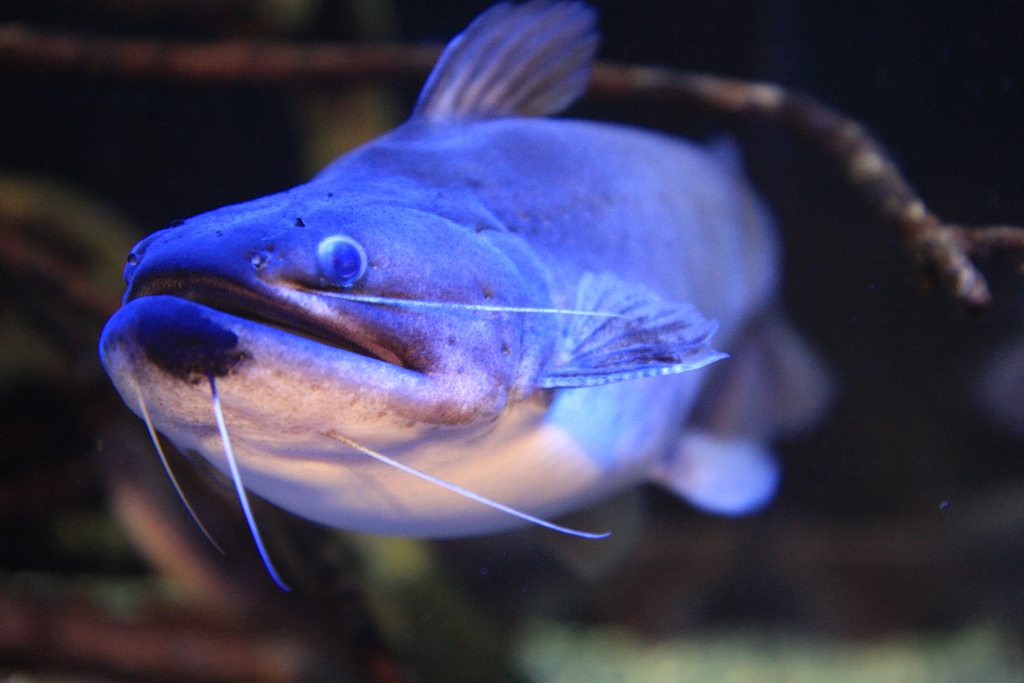A recently released trove of emails shows that Monsanto’s plans to defend Roundup, its signature, controversial weedkiller, included an idea to “beat the shit” out of an advocacy group that claimed it caused diseases in children.
Documents made public as part of the discovery process in ongoing litigation against Monsanto’s parent company Bayer show that executives sought advice from public university research scientists in dealing with blowback from Moms Across America, a California-based nonprofit with ties to the organic industry. The group leads campaigns against genetically modified organisms, and coordinates testing for chemicals and toxins in the food supply, according to a recent tax filing.
On June 28, 2013, the group’s executive director, Zen Honeycutt, posted an open letter to Hugh Grant, then-CEO of Monsanto, on the organization’s blog. The letter asked Grant to stop selling Roundup-ready seeds, citing concerns about the chemical glyphosate, which is sprayed on the crops that are genetically modified to tolerate it.
“We know you want to help the world. We ask you to have the courage to acknowledge that GM practices and Roundup are hurting our world,” she wrote, citing studies by a controversial research scientist, Stephanie Seneff, who suggests glyphosate may be a key contributor to increased rates of obesity and autism in the United States. “The auto industry issues a recall when their product is suspected of causing harm. We ask you to recall Roundup … until the consumption and long-term use of such products are proven safe.”
The letter also stated that when the mothers take their “children off GMOs, and feed them organic food, their symptoms either disappear or dramatically improve,” which Honeycutt admitted is not scientifically substantiated. This iffy-yet-persistent claim flies in the face of widespread scientific agreement that genetically modified food is safe to eat. (Only about one-third of American adults agree, Pew Research found.)
The newly published emails show how Monsanto pounced on the group. Five days after the open letter published, Dan Goldstein, a company executive, sent Honeycutt’s letter to Wayne Parrott, a University of Georgia crop scientist, and Bruce Chassy, a University of Illinois biochemist.
In emails to The New Food Economy, both scientists say they were not employed by Monsanto, but nonetheless had business dealings with the company. Parrott acknowledged the company paid for travel to conferences “on a few occasions,” and Chassy’s university received at least $57,000 to support his work, according to WBEZ in Chicago. “If money given to the university bothers you, then support higher state budgets,” he says.
“Monsanto is considering response options. I wanted you both to at least be aware of the activity,” Goldstein wrote them in 2013. “In the longer haul this suggests a child health focus for the anti-GMO campaigns in the future. Or perhaps I should say it is confirmative as all three of us have watched the evolution in this direction over the past several years. Any advice or ideas for responses would be gladly accepted.”
“Bottom line, start defending yourselves and do not expect others to come to your defense while industry remains silent,” Parrott responded. “Start by buying ‘our side of the story’ ads.”
Chassy agreed. “The anti-GM crowd has very cleverly out-flanked the naive belief that providing good science-based information will win the day. They have published papers, bad papers but they don’t care. They have filed lawsuits, flawed suits but they don’t care,” he wrote. “The funniest part about the letter is how it says my children got better when I fed them organic. There you have it. That’s your enemy. Beat the shit out of them and put them on the defensive and you won’t have this problem.”
“I have to say that you are spot on,” Goldstein replied. “I have been arguing for a week to beat the shit out of them and have clearly lost. We don’t want to be seen as beating up on mothers, nobody will listen to it anyway, it has to be done by third parties, it’s an industry problem not a Monsanto problem … I have heard it all this week.”
The scientists didn’t back down. “Rolling over and playing dead is not an option. Silence implies being guilty of every thing you are accused of,” Parrott wrote on July 3, 2013.
“You can beat up the organic industry that paid for and wrote that letter,” Chassy agreed. “With a little imagination you can even make it fun. For example, Stonyfield Farms campaigns against GMOs, and they are owned by Danone. So here we have a French company spending millions to bash an American company in America. Wow could I do something with that on the 4th of July.”
On its website, Moms Across America names a number of organic companies as donors, including Organic Valley, Nature’s Path, Dr. Bronner’s, and the Organic Consumers Association. Additionally, the group sustains itself by selling unregulated health supplements.
The emails are part of a huge cache of documents that have been gradually released since 2016, when alleged victims started suing the chemical giant. Last year, Dewayne Johnson, a former groundskeeper, won a jury trial in San Francisco, alleging that Roundup caused his non-Hodgkin’s lymphoma. After finding that Monsanto had obscured the health risks of Roundup and other herbicides, a jury awarded Johnson $289 million, which was later reduced to $78 million. Thousands of plaintiffs are waiting in the wings, saying they also suffered from using glyphosate-based weedkillers.
The batch of files released by Johnson’s law firm Baum Hedlund include company emails, documents, transcripts, and test results that show Monsanto had been trying to suppress information about glyphosate as far back as 1979. The trove reveals how the chemical giant monitored and discredited journalists, and considered taking legal action against activists, including the singer Neil Young. Emails also show how Monsanto orchestrated a Republican effort to undermine the credibility of the International Agency for Research on Cancer (IARC), and cut taxpayer funding for it over the glyphosate issue.
The emails also reveal the chemical giant itself had doubts about the safety of the herbicide. In 2014, Donna Farmer, a Monsanto toxicologist, told a spokesman that promotional copy about glyphosate “cannot say it is ‘safe’ … we can say history of safe use, used safely, etc.”
After IARC classified glyphosate as probably carcinogenic to humans in 2015, a scientific consultancy hired by Monsanto was preparing to submit an abstract for a paper as a rebuttal, potentially titled “An Expert Panel Concludes there is No Evidence that Glyphosate is Carcinogenic to Humans.” In an email, Tom Sorahan, an epidemiologist at the University of Birmingham who consulted for Monsanto, cautioned that “we can’t say ‘no evidence’ because that means there is not a single scrap of evidence, and I don’t see how we can go that far.”
The document releases happen to coincide with new federal action on glyphosate. Next week, the Environmental Protection Agency will close a routine assessment of glyphosate, which it had delayed in May to extend public comment. The rulemaking is courting public resistance, with comments imploring the agency to take Roundup and other herbicides off the market. But that type of opposition dogged Monsanto for years. In his emails with Chassy and Parrott, Goldstein noted that a petition to increase glyphosate use on specialty crops had been slammed, with nearly 11,000 negative comments submitted in two days.
“We are on the way to being corporate road kill,” he wrote. “It will not be a pretty sight, but all I can do is stand by and watch.”
Bayer, the company that now owns Monsanto, did not reply to a request for comment by press time. We will update this story if we receive a response.
